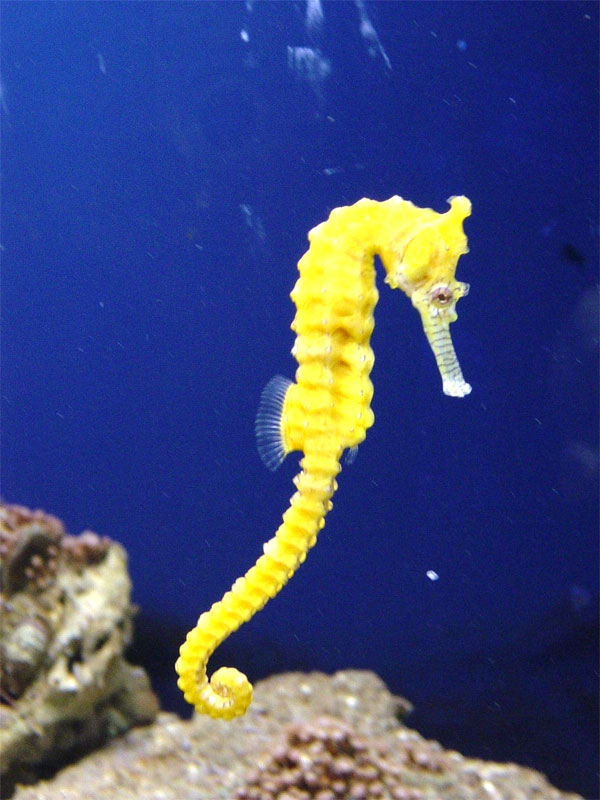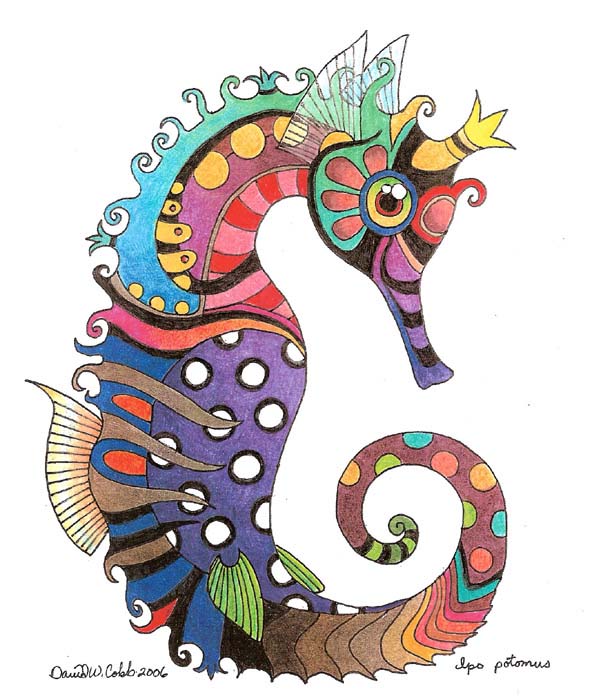Sea Horses Pictures Biography
Source(Google.com)
Seahorses are fish.
They are covered with bony plates, not scales.
Their heads look a bit like a horse's head.
The dad carries the eggs in a pocket on his belly.
The eggs hatch inside the pocket, then swim away.
Habitat and Distribution (where they are found)
Seahorses are found in the warmer waters of the world, generally in shallower waters near the coastline.
Body and Appearance
Seahorses are not covered in scales like other fish. Instead they have bony plates that help protect their bodies. As seahorses do not have ribs, the bony plates do the job. Some kinds of seahorse develop spiky bits that look like twigs sticking out, and these help with camouflage. Seahorses change colour to match their surroundings. They do this by expanding or contracting the pigment cells in their skin. They can appear in many colours from white to black, greens, bright oranges and reds.
The tail is prehensile, which means it can wrap around seaweed to anchor the seahorse, where its upright body looks rather like a part of the plant. Seahorses have a dorsal fin that moves them forwards. On their sides they have pectoral fins, which help them steer.
Size
There are about 35 different kinds of seahorse as far as we know. They range in size from less than a centimetre in length to about 30 centimetres.
Diet
Seahorses feed on brine shrimp, tiny fish and plankton. A seahorse sucks in food through its long snout, and is continually feeding. Seahorses have no teeth and swallow live food whole.
Life Cycle
The male seahorse has a pouch on his belly. During mating, the female lays as many as 2,000 eggs into his pouch. The eggs are fertilised inside the pouch, and supporting veins grow around the eggs to give nutrition to the developing babies. About 2-6 weeks later, tiny seahorses hatch and come out of the pouch. The male squeezes his body to push groups of hatched seahorses out of the pouch. This can take two days, and leaves him exhausted. A male and female seahorse may stay together for life. However, some scientists do not think this is so.
A male seahorse with a pouch full of eggs
Threats to seahorses
Seahorse predators include crabs, rays and tuna. Storms can cause seahorses to be torn away from where they are clinging and tossed ashore. Tossed around in stormy waters, seahorses can die of exhaustion if they are unable to grab hold of something with their tail.










No comments:
Post a Comment